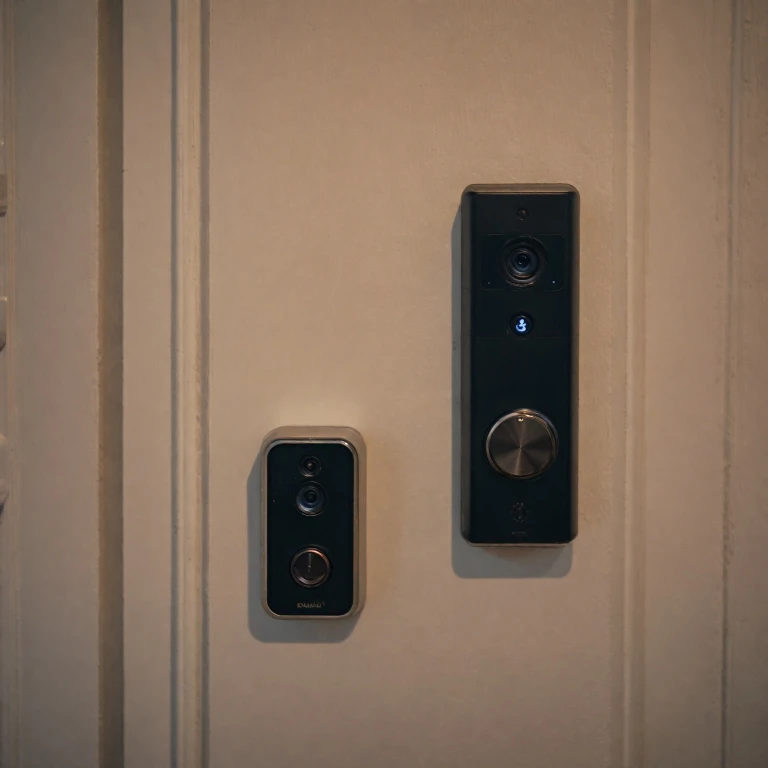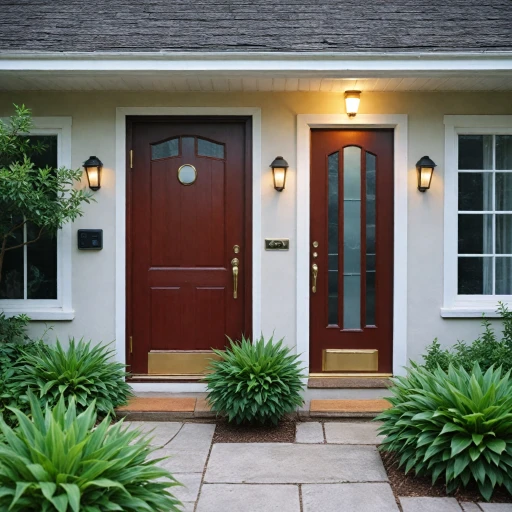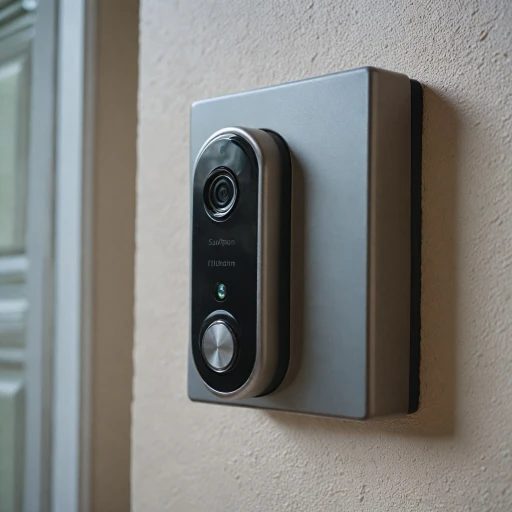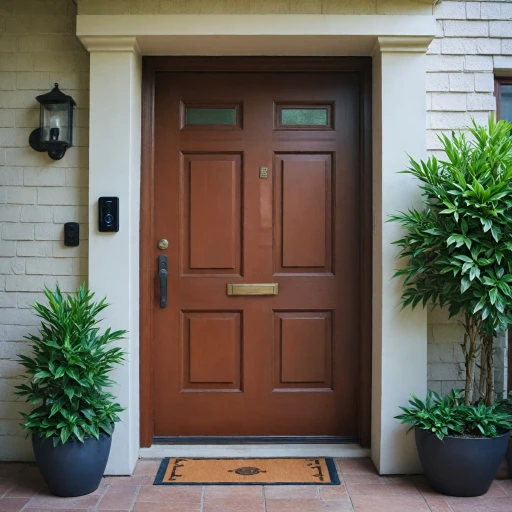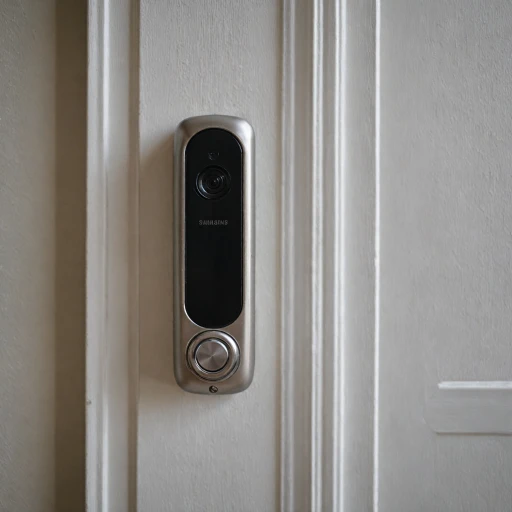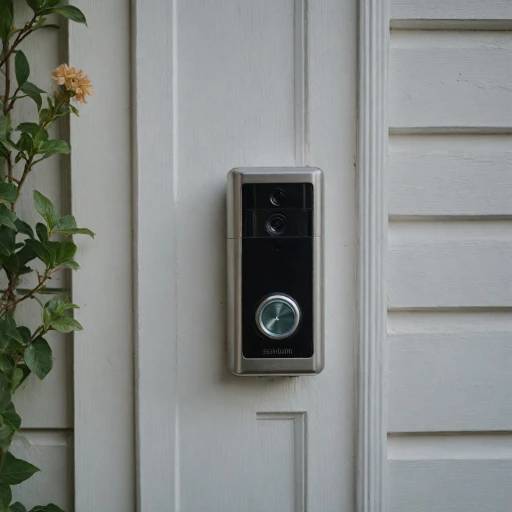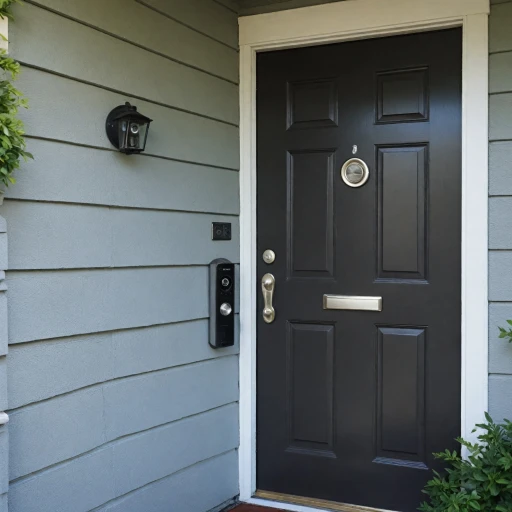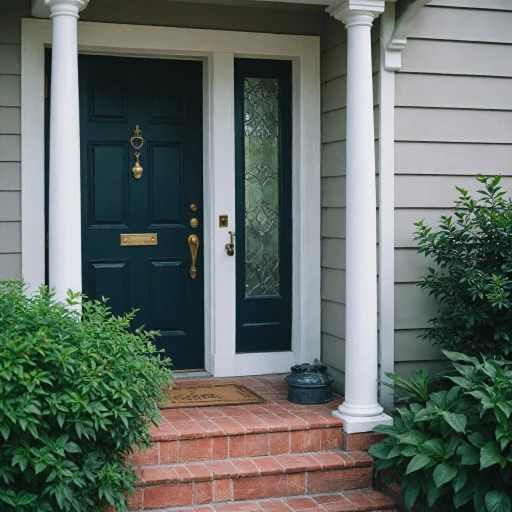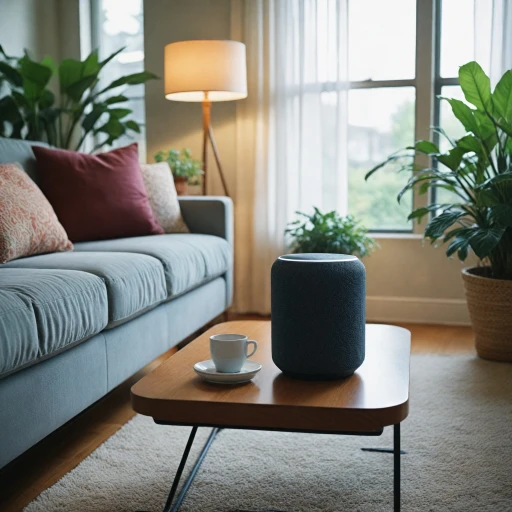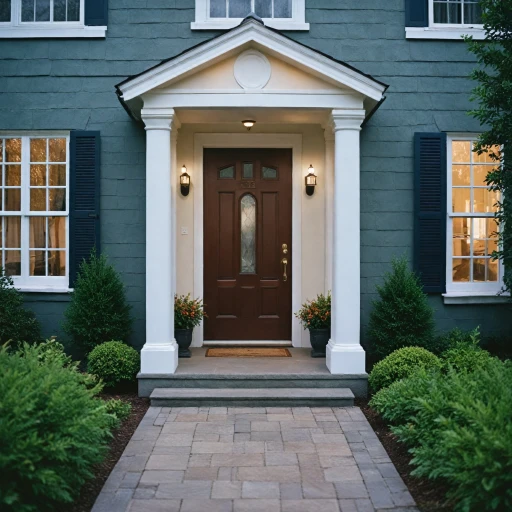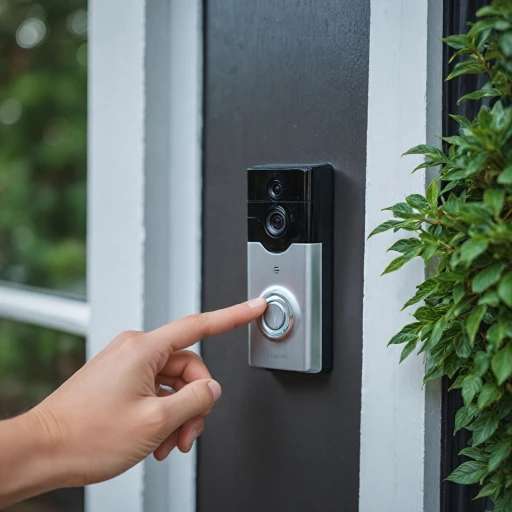
Understanding Smart Doorbell Functionality
Essential Components Unveiled
Smart doorbells have revolutionized the way we answer our doors, combining traditional functionality with modern technology. A smart doorbell primarily consists of three key components: the button, the doorbell chime, and the power source. Understanding how these elements work together is crucial for troubleshooting any issues such as the dreaded indoor buzzing sound.The Role of Power and Wiring
At the heart of the doorbell system is a transformer that converts your home's electrical power into a lower voltage that's safe for the doorbell's operation. Smart doorbells can either be wired or wireless; both require a reliable power source to function correctly. Wired doorbells leverage the existing house wiring, whereas wireless versions depend on batteries. Faulty wiring or incorrect connections can often lead to a buzzing sound.How Smart Features Enhance Functionality
Modern smart doorbells are equipped with video capabilities, providing real-time footage, and can be accessed through a phone app. This allows for remote monitoring and communication. Further customization is possible through the app settings where you can choose the chime sound or even mute notifications if needed. With the enhancement comes complexity, which underscores the importance of checking the app settings and configuration. Misadjustments here could contribute to unusual problems including buzzing. For those considering a transition to wireless doorbells, visit choosing the ideal wireless doorbell for your home for deeper insights. The workings of smart doorbells are fascinating, but to ensure optimal performance—from a smooth chime to uninterrupted video streaming—it's essential to understand the basics of your device's functionality.Common Reasons for Indoor Buzzing
Identifying the Source of Indoor Buzzing
When your smart doorbell only buzzes inside the house, it can be both puzzling and frustrating. Understanding the potential causes can help you address the issue effectively. Here are some common reasons why this might happen:
- Power Supply Issues: A buzzing sound often indicates a problem with the power supply. The doorbell transformer might not be providing adequate power, or there could be a mismatch in voltage requirements. Check the transformer to ensure it matches the specifications of your doorbell.
- Wiring Problems: Loose or frayed wires can cause a buzzing sound. Inspect the wires connected to your doorbell and chime for any signs of wear or improper connections. This is crucial for both wired doorbells and those with a mechanical chime.
- Chime Connector Issues: If your doorbell uses a chime connector, ensure it is properly installed. An incorrectly installed chime connector can lead to inappropriate buzzing sounds.
- Mechanical Chime Malfunctions: A mechanical chime that is not functioning correctly can produce a buzzing noise. Check if the chime is properly aligned and not obstructed by any objects.
- Settings Configuration: Sometimes, the buzzing might be due to settings within the doorbell app. Ensure that the chime settings are not set to mute or an inappropriate sound level.
By systematically checking these potential issues, you can often resolve the buzzing problem without needing to call in a professional. However, if the problem persists, it might be time to consider the next steps in troubleshooting or seeking expert help.
Troubleshooting Wiring Problems
Resolving Indoor Buzzing through Wiring Checks
When experiencing a buzzing sound indoors from your smart doorbell, it's often crucial to delve into the wiring setup. This step can be pivotal since inappropriate connections and faulty wires might hinder performance.- Examine Wiring Connections: Ensure all wires leading to and from the doorbell, chime, and transformer are securely fastened without any loose ends.
- Conduct a Power Check: Verify if the transformer supplies adequate power to the doorbell. If there's a transformer issue, it might cause the doorbell to buzz or not function correctly. For in-depth insights on this, reading more about choosing the right ring doorbell model can be advantageous.
- Inspect the Doorbell Chime and Transformer: The doorbell's chime might have wiring faults leading to unwanted buzzing. Check if the chime connector is intact and ensure there's no inappropriate electrical noise interfering with its operation.
- Analyze Wired vs. Wireless Setup: If your buzzing doorbell is a wired type, focus on its wired connections. In contrast, with video doorbells, incorrect configuration could cause buzzing. In both scenarios, reviewing the manufacturer's wiring instructions can provide clarity.
Configuring Smart Doorbell Settings
Optimizing Your Smart Doorbell Settings for Clear Sound
Sometimes, the buzzing sound that seems to be coming from inside your house can be traced back to the settings of your smart doorbell. To ensure that your doorbell is configured correctly, it’s essential to dive into the settings, often accessed through the doorbell’s dedicated app. Here’s what you can do:
- Check the Chime Settings: Make sure the chime is not inadvertently set to 'mute' mode. If the sound is inappropriately low, adjust the volume settings to an optimal level.
- Review Power Configuration: A buzzing doorbell could be due to insufficient power supply. Assess if the transformer is providing adequate voltage, which may require checking or replacing.
- Examine Wired vs. Wireless Settings: For a video doorbell that’s meant to work seamlessly with a mechanical chime, ensure that it's correctly configured to recognize the wired setup. Conversely, for wireless doorbells, verify the network settings.
- Custom Notifications: If you've subscribed to notifications via RSS feeds or bookmarked any specific settings, make sure they haven’t inadvertently altered your doorbell’s performance.
- Integration with Other Devices: Video doorbells that pair with other smart home devices might trigger buzzing from cross-device interference. Bookmark this setting for easy future reference.
Consistently reviewing these settings will help address many issues that might lead to buzzing noises, enhancing overall functionality. If adjustments here do not resolve the issue, consider revisiting sections on troubleshooting wiring problems and checking your network connectivity for additional insights.
Checking Network Connectivity
Evaluating Network and Connectivity Factors
One crucial aspect often overlooked is the network connectivity of your smart doorbell. Since many of these devices rely on a stable internet connection, ensuring your wireless doorbells are properly connected to your home network is essential to prevent issues such as buzzing or malfunctioning chimes.- Check Wi-Fi Signal Strength: Position your video doorbell within a strong Wi-Fi signal range. Inappropriate positioning can lead to connectivity issues.
- Assess Network Settings: Utilize the doorbell's app to confirm that the settings are configured correctly. Verify that the doorbell is marked as connected and not on mute subscribe.
- Upgrading your router for better network coverage.
- Installing Wi-Fi extenders.
When to Seek Professional Help
Recognizing When Professional Assistance is Necessary
After thoroughly exploring the potential causes of an indoor buzzing noise from your smart doorbell, such as wiring problems, configuration settings, and network connectivity issues, you might still face persistent challenges. Here are situations where professional help is advisable:
- Inability to Resolve Electrical Mishaps: If you have checked the wires and transformer but still face power issues or an inappropriate buzz, it might be time to consult an expert. A technician can ensure that the electrical components are correctly configured and safe.
- Persistent Buzzing or No Sound: When the chime consistently buzzes or remains silent despite verifying the mechanical and wired doorbell unit, a service professional can inspect intricate components like the chime connector and doorbell transformer.
- Network Configuration Troubles: If adjusting the network settings proves difficult and the smart video doorbell won't link or keeps dropping off, your Internet service provider or a specialized technician might provide the necessary support to ensure a stable connection.
- Upgrading or Installing Components: For complex installations or transitioning from wired to wireless doorbells, hiring a professional can streamline the process and avoid complications.
In some cases, scheduling a service can prevent further inconveniences and expenses. Qualified professionals are equipped to handle challenges like a buzzing doorbell effectively, ensuring that systems operate smoothly and efficiently. Despite being a last resort, professional assistance is a valuable resource when deeper technical issues arise.
